Where to Connect Remote Wire for Amp (5-Ways)
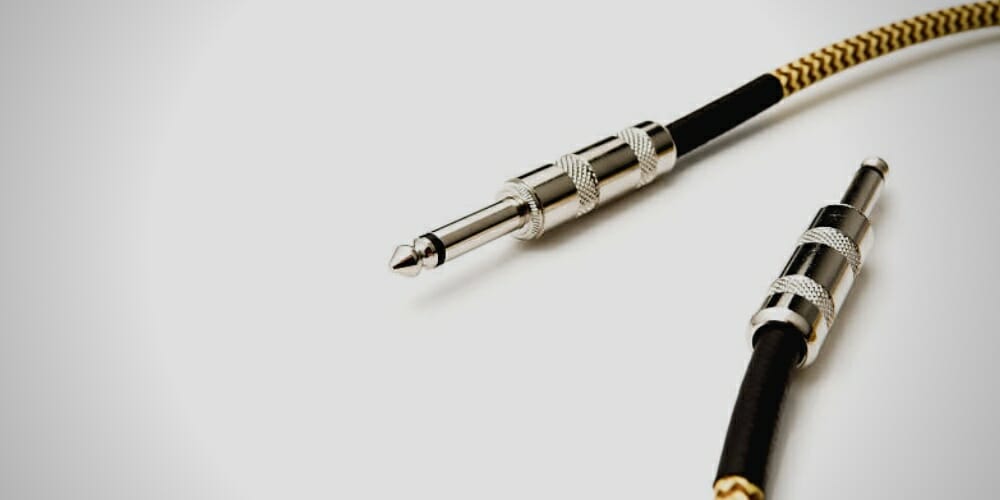
Where do you connect the remote wire for an amp? Understanding your options and where to connect the power and ground wires is crucial. If it is not properly secured, your amplifier will not switch on even if it has adequate power and ground connections. It will drain energy continuously until the battery is depleted.
In general, you have a few alternatives for connecting remote wire for a vehicle amplifier. For this function, you may attach it to your car’s fuse block, the ACC wire, any 12v switched source, the power antenna wire, or a switch module.
So, if you’re not sure where you connect the remote wire for an amp, you’ve come to the perfect spot. I’ve got you covered. The suggestions and concepts provided here will teach you all you need to know.
5 Ways to Connect the Remote Wire for an Amp
First of all, even if your head unit does not have a remote turn-on wire, there are various ways to enable your amplifier to switch on and off remotely. Running a jumper wire from the power wire terminal to the remote turn-on terminal is one of the simplest and cheapest methods. This method, however, is not recommended since it will keep your amp wiring running until the battery is completely depleted.
Running a jumper wire from the electricity to the remote turn-on is not a long-term solution. However, switching on and off your amplifier may be used as a temporary workaround without using an actual remote wire from the head unit.
Another straightforward solution for remotely turning an amp on and off is to install a toggle switch in front and run one wire to the power supply and the other wire to where the remote wire should be. Again, the disadvantage of this strategy is that you must ensure that your switch is turned off every time you exit the vehicle, or else the amplifier will continue to operate and deplete the battery.
1. Use the Fuse Box
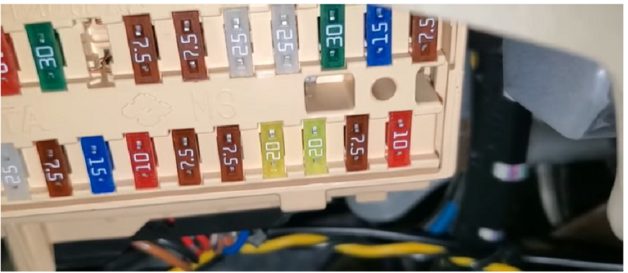
One of the simplest methods to connect to your vehicle’s electrical system is to use vacant fuse box slots.
- Find the fuse box. If you don’t know where it is, look in your car’s owner’s manual.
- Next, check your fuse diagram to see where you can start.
You may connect your remote wire to practically any fused output terminal as long as it is only powered up when the car amplifier is switched on.
To determine if this is the case, use a voltmeter and begin exploring.
- Set your voltmeter to DC (the solid line with dots), and connect the black test lead to a good ground. Then insert the sharp point of the red test lead first into one hole, then the other.
- When the ignition is turned on, the voltmeter reads 12-volts, and when it is turned off, it reads nothing—it suggests that the fuse cycles on and off with the car.
As a result, the remote switch may be attached to that fuse.
1. Use the ACC Wire
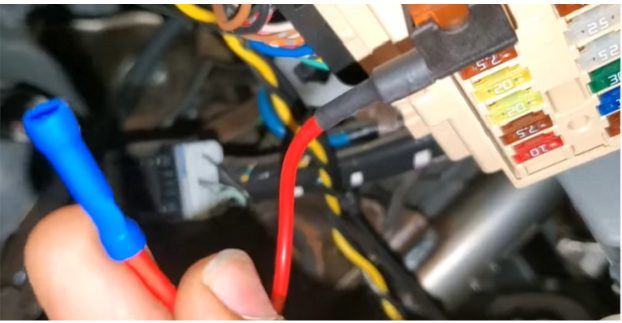
Connecting your amplifier’s remote turn-on cable to the accessory wire is practically the same as tapping into the fuse box. The most straightforward approach to tapping into an electrical line is to purchase a fast tap connection, insert the wire to be tapped and the new wire, and tighten it down. This method does not need any splicing or cutting. Another excellent solution involving the acc wire is using a relay and the accessory wire that your radio is hooked to switches it on and off with the key. With the key, the amp will now feature automatic turn on and off.
3. Switched 12v Power Source
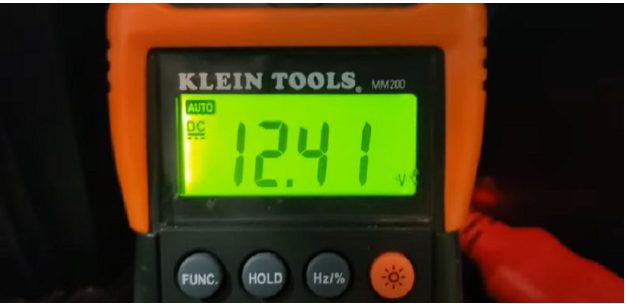
You can get your amp wiring to turn on and off automatically without connecting the remote turn-on wire to the ACC wire. Almost any 12v switching source will suffice. Combine the switch-on wire with the fuel pump wire if your amplifier is in the trunk. (1)
4. Make Use of Power Antenna Wire
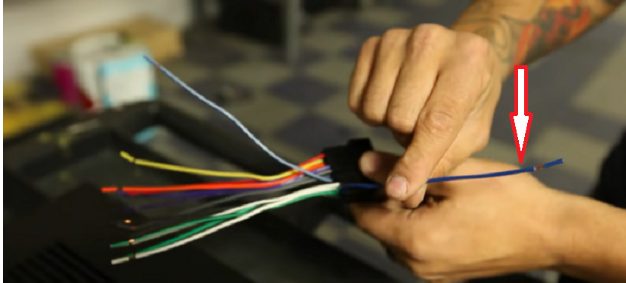
The power antenna on your head unit may be used as a remote turn-on wire. You must, however, guarantee that it is active in all modes. The majority of autos are equipped with permanent antennae. Those that do not customarily become charged when the head unit or key is turned on.
When the radio is switched on, the power wire antenna in certain vehicles only produces 12 volts.
5. Use the Turn-on Module
A turn-on module is simply a small device that sends an activation signal to the amplifier. Most turn-on modules can create a remote turn signal from any voltage source that is more than +0.8V. It means you can utilize a speaker wire to activate your remote.
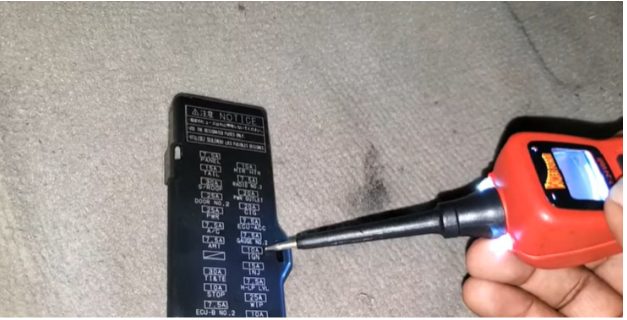
When the turn-on module senses voltage on the speaker wire, it sends a +12 volt signal to the amplifier’s turn-on circuit via the remote wire.
What is the Function of the Remote Turn-on Wire?
A car amplifier remote wire is positioned at the back of the stereo. However, it’s usually a blue and white wire on aftermarket stereos. When you switch on the stereo, the remote wire “commands” your amp to turn on.
The remote turn-on wire gets a 12v DC signal from the factory electrical system when the ignition is turned ON. This signal is transmitted to the amplifier turn-on circuit via the remote turn-on wire; when it detects this voltage, it switches the amplifier on. Similarly, the amp shuts off when there is no voltage in the wire (indicating that the vehicle’s ignition is switched off).
Some modern amplifiers do not require a remote turn-on wire since they include auto-turn-on technology that detects the signal from the head unit through the RCA or speaker level inputs. If your amplifier does not have such a feature, you must connect the remote turn-on wire. (2)
Take a look at some of our related articles below.
- What size wire for 30 amps 200 feet
- What happens if ground wire is not connected
- How to wire speakers with 4-terminals
References
(1) power source – https://www.sciencedirect.com/topics/engineering/
power-source
(2) technology – https://www.britannica.com/technology/technology
